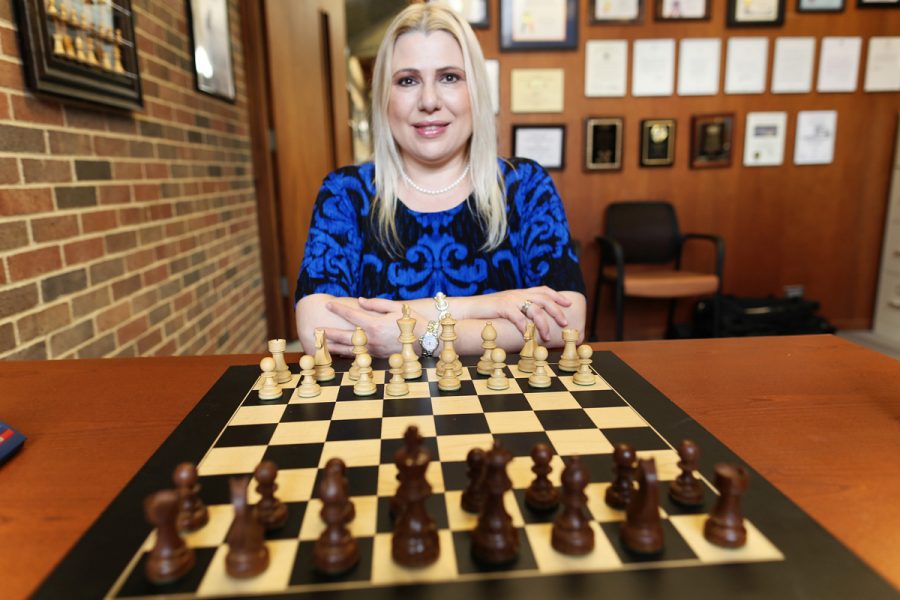So, what’s a Grandmaster’s take on ‘The Queen’s Gambit’?
Published December 31, 2020
The Netflix hit series “The Queen’s Gambit” has been viewed by more than 62 million households. One of the consultants the show’s producers relied on was Jewish grandmaster Gary Kasparov. A number of TV critics have given the series high marks for accuracy. How close to reality was the depiction of the world of competitive chess? The Jewish Light asked Susan Polgar, who’s no stranger to that elite class of chess players.
Born in Hungary, Polgar became Women’s International Master in 1982 and International Master in 1984. In 1991, she attained the highest title a chess player can reach: Grandmaster. She was the first woman to qualify for the Men’s World Championship Cycle in 1986. In addition to serving as head coach of the Webster University chess team, Polgar directs SPICE — the Susan Polgar Institute for Chess Excellence — at Webster. Polgar said she enjoyed “The Queen’s Gambit” and that it rang true in many respects.
“The story is a fictional figure based on Bobby Fisher and the former U.S. Women’s Champion Lisa Lane who was very popular and made it to the cover of Sports Illustrated back in the 1960s. She led a glamorous lifestyle similar to the heroine of the TV show, Beth Harmon,” said Polgar. “I have to say overall it was well done. [Actress] Anya Taylor-Joy did very well, she grasped the essence of chess. She and the producers managed to give life to a genre like chess that people may perceive as boring to watch. They put life and emotion into it and made it exciting for people to watch.
ADVERTISEMENT
“I think the emphasis on her drug use and alcohol and loose lifestyle is not typical; for women chess players, I don’t think there is any drug that can help any chess players. If anything that would diminish her abilities. The difference between my story is I never drank, smoked or used drugs, but rather I tried to eat healthy and exercise to maintain discipline and training. The other part they were downplaying was how easy she had it in a man’s world, and comparing it to what I had to face, in terms of sexism, her story made it look like it was a picnic compared to what I had to deal with in real life.”
When Polgar was a teenager, a six-time U.S. champion threw the chess pieces in her direction when he lost. She experienced physical intimidation, emotional and mental abuse and, as she grew older, unwanted sexual advances. Even some of Polgar’s supporters doubted that a woman could ever compete with men at the highest level. Of course, she proved them wrong, as did the heroine of “The Queen’s Gambit.”















